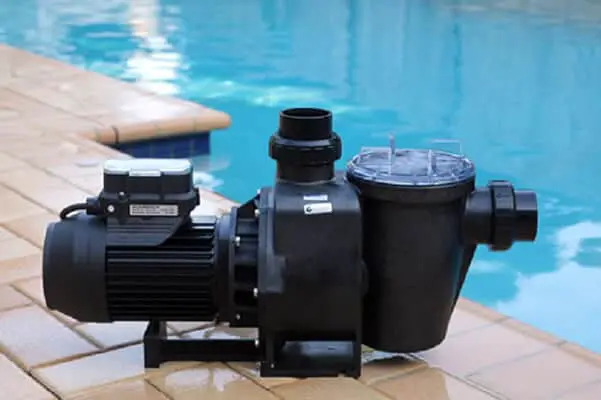Variable Speed Pumps
Fluid systems are crucial components in various industries, including HVAC, water supply, and manufacturing. These systems often rely on pumps to transport liquids efficiently and reliably. In recent years, variable speed pumps have emerged as game-changers, offering enhanced control and improved efficiency. In this article, we will explore the concept of variable speed pumps and delve into their remarkable efficiency benefits.
Understanding Variable Speed Pumps: Traditional fixed-speed pumps operate at a constant speed, delivering a fixed flow rate regardless of the demand. On the other hand, variable speed pumps, also known as variable frequency drives (VFDs), allow for flexible speed control, enabling the pump to adapt its output to match the changing system requirements.
Efficiency Benefits:
- Energy Savings: One of the key advantages of variable speed pumps is their energy efficiency. By operating at reduced speeds during periods of low demand, they consume significantly less energy compared to fixed-speed pumps. The affinity laws of centrifugal pumps state that power consumption is proportional to the cube of the pump speed. Hence, even a slight reduction in speed can lead to substantial energy savings.
- Precise Control: Variable speed pumps offer precise control overflow rates. By adjusting the motor speed, operators can match the pump’s output precisely to the system’s demand. This eliminates the need for bypass valves or throttling, which are commonly used with fixed-speed pumps to control flow rates. Fine-tuning the pump speed results in improved system performance and reduced wear and tear on the system components.
- Longer Equipment Life: Fixed-speed pumps often experience excessive wear and tear due to constant operation at full speed. Variable speed pumps alleviate this issue by reducing the pump’s speed during periods of low demand. By running the pump at lower speeds, mechanical stress and vibration are minimized, leading to increased equipment longevity and reduced maintenance costs.
- Reduced Water Hammer: Water hammer, caused by sudden pressure surges within the fluid system, can damage pipes, valves, and other system components. Variable speed pumps mitigate this risk by gradually ramping up the speed when starting and slowing down when stopping. This controlled acceleration and deceleration minimize pressure variations, reducing the likelihood of water hammer occurrences.
- Enhanced System Performance: Variable speed pumps improve overall system performance by maintaining a consistent pressure throughout the network. By responding to changes in demand and adjusting the pump speed accordingly, they ensure that pressure fluctuations are minimized, preventing undersupply or oversupply of fluids. This optimized performance leads to improved process efficiency and reduced downtime.
Variable speed pumps have revolutionized fluid systems by offering unparalleled control, energy savings, and increased equipment life. Their ability to adapt to changing demand and operate at optimum speeds significantly enhances system efficiency. As industries strive for sustainability and cost reduction, variable speed pumps have emerged as indispensable tools for achieving these goals. Investing in these advanced pumps not only benefits businesses but also contributes to a greener and more efficient future.





Leave a Reply
Want to join the discussion?Feel free to contribute!